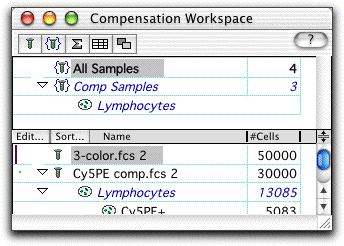

Together, these studies have identified novel specialized cells in adipose tissue such as: (i) adipogenic precursor cells with anti-adipogenic effects 3, 4, 5, (ii) lipid-associated macrophages (LAMs) with central roles in metabolic health 6 and (iii) adipocyte subtypes with distinct sensitivities to insulin 7 or thermogenic effects 8. To determine cell composition, single-cell technologies have been applied to WAT obtained from different depots.

Defining the cellular landscape and microarchitecture of human WAT in health and disease is therefore of considerable clinical relevance. Disturbed WAT remodeling leads to changes in the cell composition of the tissue, which in turn increases the risk of developing insulin resistance, type 2 diabetes, and other cardiometabolic complications 2.

The ability to function across pronounced variations in tissue mass is governed by a plethora of resident and recruited cell types 1. White adipose tissue (WAT) is a uniquely plastic organ that can expand or shrink in response to caloric supply and demand. Altogether, our meta-map provides a rich resource defining the cellular and microarchitectural landscape of human WAT and describes the associations between specific cell types and metabolic states. This identified cell-cell interactions as well as relationships between specific cell subtypes and insulin resistance, dyslipidemia, adipocyte volume, and lipolysis upon long-term weight changes. Using these results, we deconvolved spatial and bulk transcriptomic data from nine additional cohorts to provide spatial and clinical dimensions to the map. Our high-resolution map is built on data from ten studies and allowed us to robustly identify >60 subpopulations of adipocytes, fibroblast and adipogenic progenitors, vascular, and immune cells.

Herein, we performed a comprehensive meta-analysis of publicly available and newly generated single-cell, single-nucleus, and spatial transcriptomic results from human subcutaneous, omental, and perivascular WAT. To date, single-cell studies of human white adipose tissue (WAT) have been based on small cohort sizes and no cellular consensus nomenclature exists. Nature Communications volume 14, Article number: 1438 ( 2023) An integrated single cell and spatial transcriptomic map of human white adipose tissue


 0 kommentar(er)
0 kommentar(er)
